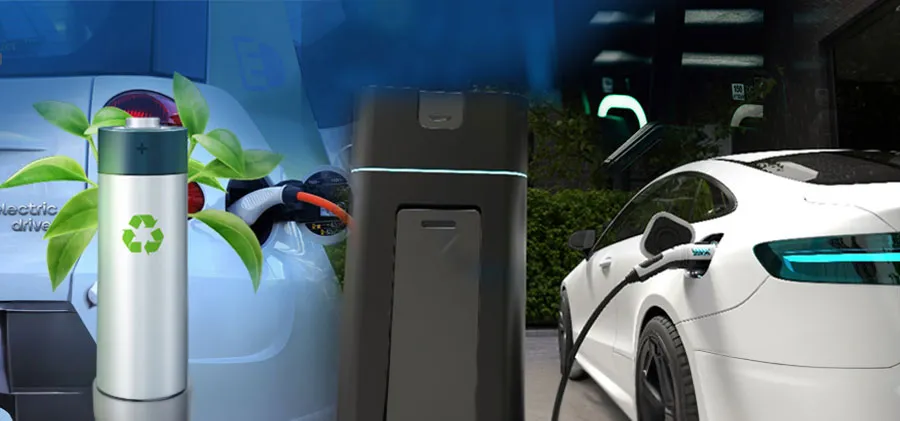- At the end of 2025, France surpassed 170,000 public charging stations (≈ 169,559 as of 30/06/2025), in strong growth, which facilitates the electrification of fleets.
- Les Highways are almost covered : 99% of areas granted have fast charging stations >150 kW, reducing autonomy anxiety on long trips.
- Of territorial disparities remain strong (rural areas/peripheries), and the trustworthiness still needs to improve (network availability ~ 92—93%).
- In Europe, the network is accelerating (more than 1 million terminals) with the AFIR and the rise of high-speed terminals, but access remains unequal across countries.
- For businesses, it's a immediate opportunity, provided that you first carry out a electrification study, based on the analysis of real uses.
Electric mobility is continuing to grow in France and Europe, driven by regulations and the growing adoption of zero-emission vehicles. But to convince businesses and drivers once and for all, the availability of charging stations remains a key factor. At the end of 2025, what is the status of the network? What progress has been made and what are the challenges ahead, especially for professional fleets?
The situation in France: continuous progress
In France, the deployment of public charging stations is experiencing a sustained dynamic. As of June 30, 2025, there were 169,559 charging points spread over more than 51,000 stations, an increase of 22% in one year. A few weeks later, in July, the 174,000 milestone threshold had already been crossed. This growth confirms the national desire to accelerate access to charging, an essential challenge to support the development of the electric fleet.
Highway coverage is a particular illustration of this effort. At the end of 2025, 99% of the service areas granted were equipped with fast charging stations of more than 150 KW (ecologie.gouv.fr). This guarantees better peace of mind for long trips and marks a major step forward in relieving anxiety related to autonomy. However, disparities remain: rural areas and certain peripheries remain less well served, while Île-de-France still has a significant portion of infrastructure.
Another challenge is reliability. The technical availability rate of the network is estimated between 92 and 93% (according to Automobile-Propre.com). While the majority of charging stations are operational, this figure shows that there is room for improvement, particularly in terms of the technical maintenance of these terminals.
Network of electrical terminals in Europe
At European level, the pace of deployment is accelerating, with more than one million public charging stations already installed. Through the AFIR regulation, the European Union requires the establishment of fast-charging stations every 60 km on major roads by 2030. At the same time, private alliances such as Spark (Ionity, Fastned, Fastned, Atlante, Electra) are announcing the deployment of 11,000 ultra-fast charging stations in 25 countries. These initiatives reinforce electric roaming, but disparities remain: the Netherlands and Germany are well ahead, while Southern and Eastern Europe is progressing slowly.
Network of electrical terminals: a challenge for fleets
For fleet managers, the evolution of the network is changing everything! Better highway coverage makes it easier to plan long-distance trips, while the rise of superfast charging stations significantly reduces downtime. However, in some areas that are still underserved, it is still essential to provide safety margins and rely on internal solutions.
A solution like OPTIMUM makes it possible to connect your fleet and to map and anticipate the need for recharging electric vehicles and to analyze the routes. The platform allows you to optimize trips, kilometers and fuel consumption.
The outlook for 2030
The next steps will be to install some thousands of additional stations, to improve the reliability of these charging stations in order to allow qualitative recharges, by filling in the white areas.
In short
At the end of 2025, France was positioned among the European leaders in the deployment of charging stations, with an almost complete motorway network and a sustained growth in the public park. Europe is also making progress, even if disparities remain. For companies and fleet managers, this evolution is an opportunity: electrification is becoming more accessible, provided they adopt adapted tools. With its digital solutions and expertise, OPTIMUM is supporting this transition and helping fleets take advantage of the new network of terminals to: successfully mutate towards low-carbon and efficient mobility.





